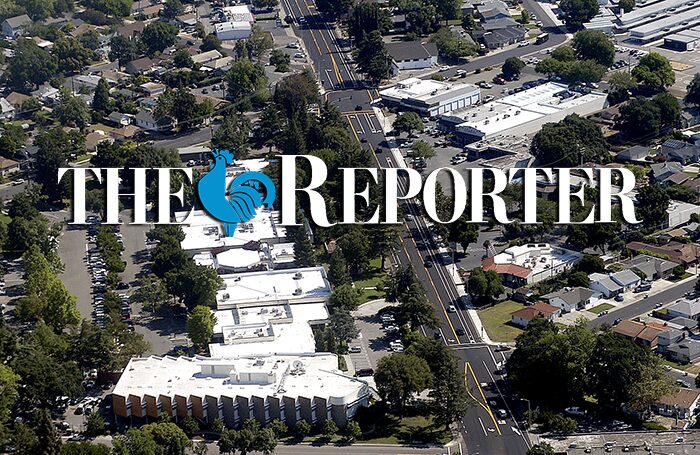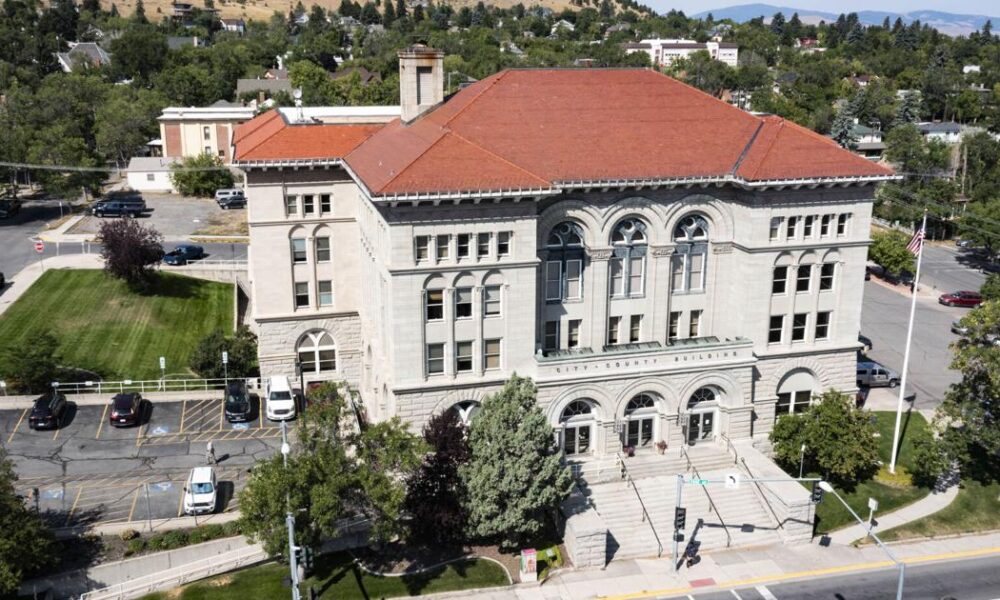URGENT UPDATE: Bay Area planners have just announced the Draft Bay Area 2050+ Plan, a pivotal strategy set to reshape the region’s growth, transportation, and housing over the next 25 years. This comprehensive blueprint, unveiled during a live webinar hosted by the Association of Bay Area Governments (ABAG) and the Metropolitan Transit Commission (MTC), reflects insights from over 56,000 public comments, indicating a strong community engagement in shaping the future.
Today, October 24, 2023, Director of Regional Planning Dave Vautin emphasized that the plan is geared to foster resilience and inclusivity across the diverse communities of the nine-county Bay Area. “Your voice is vital to the process,” Vautin stated, highlighting how public feedback will influence implementation strategies moving forward.
The plan aims to tackle pressing issues such as housing affordability, transit accessibility, and environmental challenges. Project Manager Chirag Rabari described the Draft 2050+ Plan as a “north star” for regional planning, focused on creating “complete, connected, and affordable communities.” He noted that the plan does not override local land use authority, ensuring community needs remain a priority.
The Bay Area has witnessed a significant shift in housing development, with 66 percent of new homes built from 2018-2023 located in Priority Development Areas, reflecting an 8 percent increase from the previous decade. Rabari pointed to ongoing projects such as the expansion of the SMART train service and improvements to I-80 express lanes in Solano County as part of the broader strategy.
As transit ridership plummeted due to the pandemic, Hannah Diaz, a regional housing planner, confirmed that this update responds directly to the region’s evolving needs. With a total investment of $512 billion earmarked for transit networks, the plan proposes enhancements to critical corridors and transit services to better connect communities.
“The vision is clear: by 2050, we aim to make the Bay Area affordable, connected, diverse, healthy, and vibrant,” Diaz stated. The plan breaks down into four essential elements—transportation, housing, economy, and environment—organized into 11 themes and 35 strategies to ensure a holistic approach.
In terms of job growth, the North Bay is projected to see 17 percent job growth and 12 percent household growth by 2050, although these figures lag behind the overall region’s expectations. Diaz highlighted that the North Bay’s future hinges on freeway updates, with plans for significant improvements to US-101 and I-580 interchanges, and expansions of public transit services.
As part of environmental commitments, the plan aims for a 21 percent reduction in greenhouse gas emissions, striving to meet state-mandated goals set by the California Air Resources Board. The protection of the Suisun Marsh as a critical sea-level rise measure has also been prioritized, marking it as the largest brackish marsh in North America.
The Draft Bay Area 2050+ Plan will undergo further review by the MTC and ABAG boards early next year, marking a crucial step towards final approval. As the region navigates post-pandemic recovery, this plan signifies a collective effort to address housing, transportation, and climate challenges head-on.
Stay tuned for more updates as the Bay Area strives to build a sustainable future, and make sure your voice is heard in shaping the landscape of the region.







